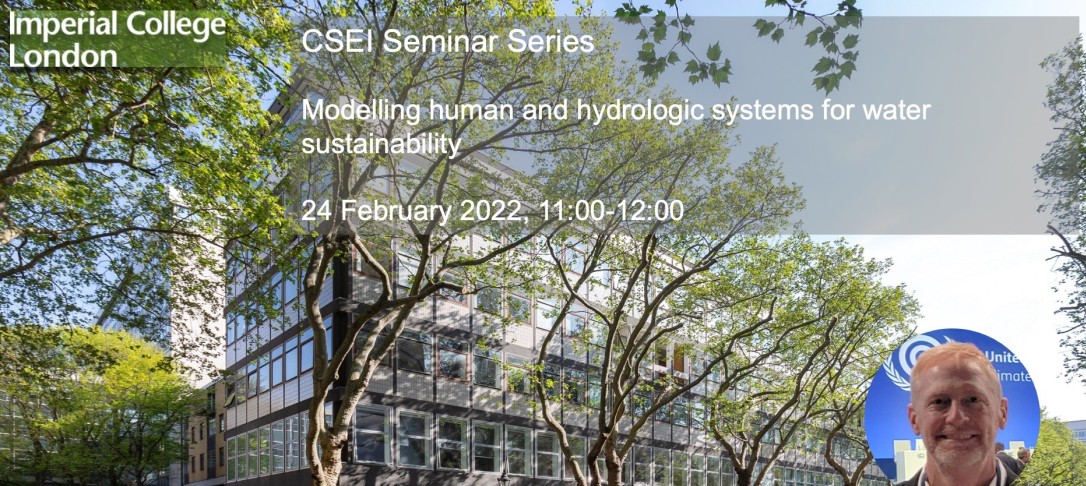
Title – Modeling human and hydrologic systems for water sustainability
Content: Climate change impacts have reduced Rio Grande river water availability in the border region between the US and Mexico, causing increased extraction of groundwater for urban and agricultural use. Modeling hydrology alone fails to capture the key drivers of water scarcity and is not sufficient for scenario based planning for water sustainability. This talk outlines our group’s approaches to characterize and model coupled hydrologic and human systems to identify clues to resilient water futures.
 Bio – Alexander “Sam” G. Fernald has served as Director of the New Mexico Water Resources Research Institute (NM WRRI) since January 2011. As director, he leads the institute in its mission to develop and disseminate knowledge that will assist the state, region, and nation in solving water resources problems. The NM WRRI, one of 54 water institutes in the nation, encourages university faculty statewide to pursue critical areas of water resources research while providing training opportunities for students, and transfers research findings to the academic community, water managers and the public. Professor Fernald also is a Professor of Watershed Management at New Mexico State University. Dr. Fernald’s earned degrees include a 1987 B.A. in international relations from Stanford University, an M.E.M. in 1993 in water and air resources from Duke University, and a Ph.D. in watershed science from Colorado State University in 1997. He has published extensively with over 60 peer reviewed papers in research areas including: coupled human and hydrologic systems; water quality hydrology; land use effects on infiltration, runoff, sediment yield, and nonpoint source pollution; and effects of surface water/groundwater exchange on water availability and water quality. Dr. Fernald received Fulbright Scholarships to Queen Mary University of London in 2021, Patagonian National University, Trelew, Argentina in 2008, and the University of Concepcion, Concepcion, Chile in 2000.
Bio – Alexander “Sam” G. Fernald has served as Director of the New Mexico Water Resources Research Institute (NM WRRI) since January 2011. As director, he leads the institute in its mission to develop and disseminate knowledge that will assist the state, region, and nation in solving water resources problems. The NM WRRI, one of 54 water institutes in the nation, encourages university faculty statewide to pursue critical areas of water resources research while providing training opportunities for students, and transfers research findings to the academic community, water managers and the public. Professor Fernald also is a Professor of Watershed Management at New Mexico State University. Dr. Fernald’s earned degrees include a 1987 B.A. in international relations from Stanford University, an M.E.M. in 1993 in water and air resources from Duke University, and a Ph.D. in watershed science from Colorado State University in 1997. He has published extensively with over 60 peer reviewed papers in research areas including: coupled human and hydrologic systems; water quality hydrology; land use effects on infiltration, runoff, sediment yield, and nonpoint source pollution; and effects of surface water/groundwater exchange on water availability and water quality. Dr. Fernald received Fulbright Scholarships to Queen Mary University of London in 2021, Patagonian National University, Trelew, Argentina in 2008, and the University of Concepcion, Concepcion, Chile in 2000.